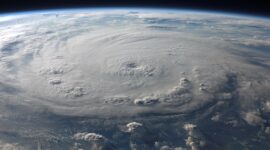
The paleoecologists of Tallinn University of Technology evaluate global climate models
11.12.2018
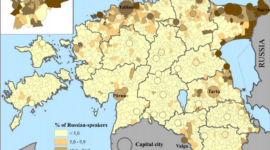
Doctoral thesis shows how the living environment can alter ethnic affiliation
28.11.2018
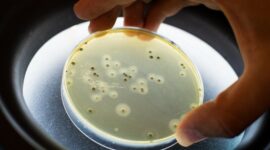
Novel calculation method by scientists from Tartu identifies the “bad” genes of superbacteria
22.11.2018
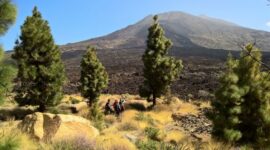
Computer simulation answers Darwin’s questions about the spread of island biota
09.11.2018

Estonian ecotextile offers a substitute to toxic imitation leather
09.11.2018
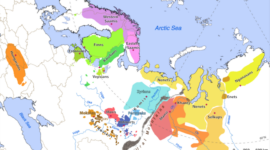
Does language relation equal actual relation? Genes provide the answer
08.11.2018
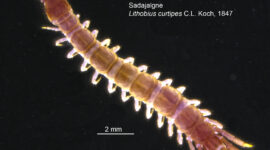
Scholars: Estonian soil is surprisingly rich in species
01.11.2018
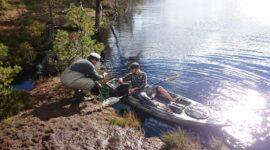
Researchers have assembled Eurasian perch genome
31.10.2018
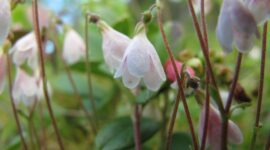
DOI codes will be used parallel to species names
30.10.2018

Research by scientists from Tartu explains how to influence the opening of a plant’s “mouth”
23.10.2018
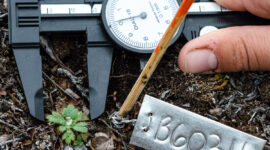
New plants on the block: Taller species are taking over in a warming Arctic
03.10.2018
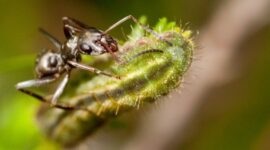
Butterflies that eat ants
03.10.2018

Silver nanoparticles for antibacterial use: an interplay between a noble metal and bacteria-particle interface
18.09.2018
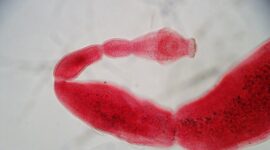
Tapeworms cause global health problems and economic damage
17.09.2018
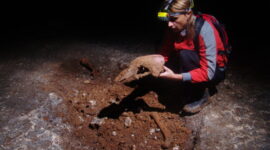
Researchers have discovered the ice age cave bear is not totally extinct
04.09.2018
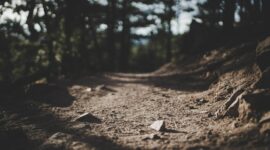
Global Soil War Discovered Thanks to UT Scientists
16.08.2018
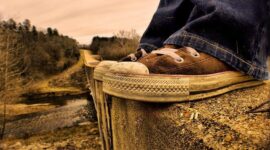
Suicide is unique to humans and sets us apart from other animal species
14.08.2018

With the help of Estonian researchers an ancient meteorite impact crater was found in central Finland
27.06.2018
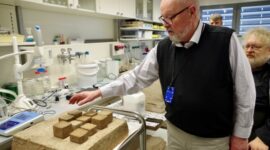
A house could be printed in a day using a novel peat material created in Estonia
12.06.2018

Global warming will continue even after carbon emissions are reduced
11.06.2018
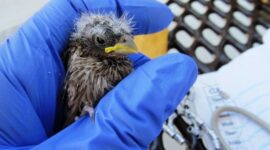
How does childhood stress influence the life of chicks?
23.05.2018

PhD Thesis Explored Possibilities to Improve VoIP Services
18.05.2018
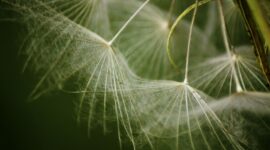
Nature conservation and restoration requires landscape-scale planning
15.05.2018
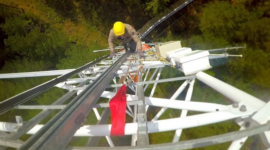
Environmental physicists discovered the mechanism forests use to create rain for themselves
14.05.2018